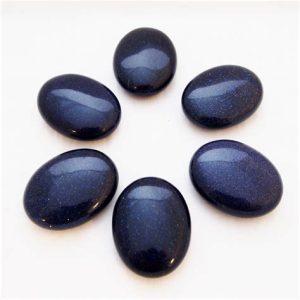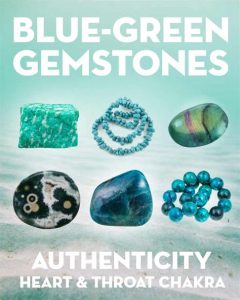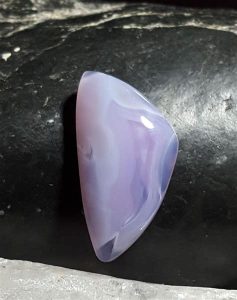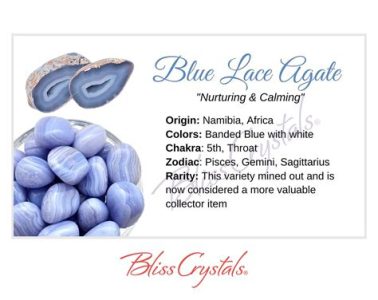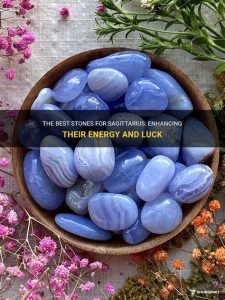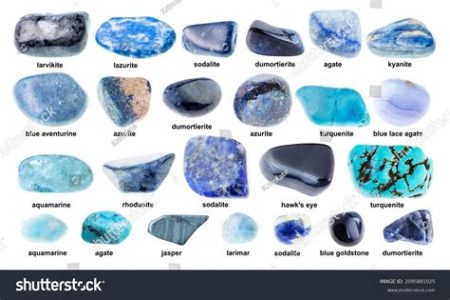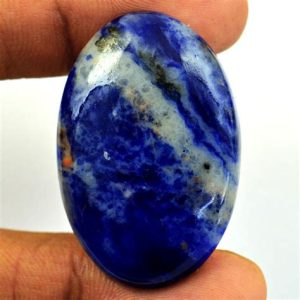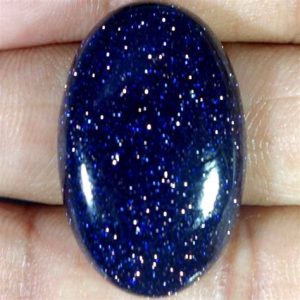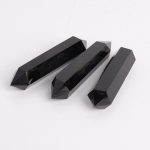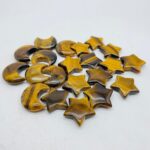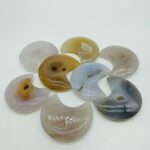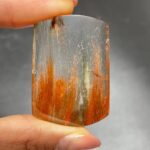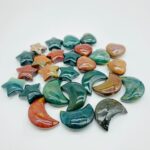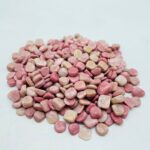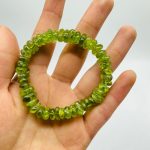Understanding Quartz and Its Applications
Quartz, a versatile mineral, is renowned for its exceptional properties that make it a highly sought-after material across various industries. From jewelry and decorative pieces to industrial and technological applications, quartz finds widespread use due to its:

- Durability: Quartz is renowned for its exceptional hardness, making it resistant to scratching and wear.
- Clarity: Quartz often exhibits high transparency and clarity, allowing light to pass through it, making it an ideal choice for optical applications.
- Abundance: As the most abundant mineral on Earth, quartz is readily available in various forms and locations.
Factors Influencing Quartz Pricing
The price of quartz varies significantly depending on several key factors:
- Source and Origin: Quartz sourced from specific regions or mines may command higher prices due to their rarity or perceived quality.
- Purity and Grade: The chemical composition and purity of quartz affect its value, with higher-grade quartz being more expensive.
- Size and Shape: Larger and more intricately shaped quartz pieces tend to sell for higher prices.
- Color and Clarity: The color and clarity of quartz influence its desirability, with rare or unusual colors fetching higher prices.
- Cutting and Polishing: The skill and precision involved in cutting and polishing quartz affect its final price.
Industry Applications and Prices
Jewelry and Decorative Arts:
- Clarity and color are key factors influencing the price of quartz used in jewelry and decorative arts. High-quality, transparent quartz crystals can command prices of $10-$50 per carat, while colored varieties like citrine or amethyst can sell for $5-$15 per carat.
Industrial Applications:
- Crushed quartz is widely used in industries such as construction and glass manufacturing. Prices for crushed quartz range from $5-$15 per ton, depending on the purity and particle size.
High-Tech Applications:
- Synthetic quartz is indispensable in modern electronics, particularly in devices requiring precise frequency control. Synthetic quartz crystals can sell for hundreds or even thousands of dollars per unit, depending on their specifications.
Quartz Market Outlook 2025
- The global quartz market is projected to grow significantly in the next five years. Driven by increasing demand from electronics and construction industries, the market is expected to reach $25 billion by 2025.
- High-purity quartz for semiconductor and optical applications is poised for exceptional growth, with demand outpacing supply.
- Quartz prices are anticipated to remain stable or rise modestly in the coming years, driven by rising production costs and limited supply.
Innovative Quartz Applications: A Glimpse into the Future
Beyond traditional applications, quartz is also being explored for innovative uses:
- Nanotechnology: Quartz nanoparticles are being developed for use in biomedical imaging, drug delivery, and electronics.
- Sustainable Energy: Quartz is a potential source of clean and renewable energy through its piezoelectric properties.
- Space Exploration: Quartz is being investigated for use in optical systems for space telescopes and navigation devices.
Conclusion
The market value of quartz is influenced by a complex interplay of factors, including source, quality, size, and application. As the global demand for quartz continues to grow, its price is expected to remain stable or increase. With ongoing technological advancements and innovative applications, quartz is poised to play an increasingly important role in various sectors.


